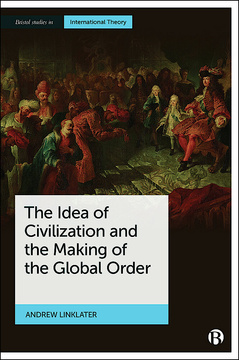Published
Apr 15, 2025Page count
192 pagesISBN
978-1529251654Dimensions
203 x 127 mmImprint
Bristol University PressPublished
Apr 15, 2025Page count
192 pagesISBN
978-1529251678Dimensions
203 x 127 mmImprint
Bristol University Press1. Introduction
2. The Military Sector
3. The Political Sector
4. The Economic Sector
5. The Societal Sector
6. The Environmental Sector
7. Conclusions
Related Titles












